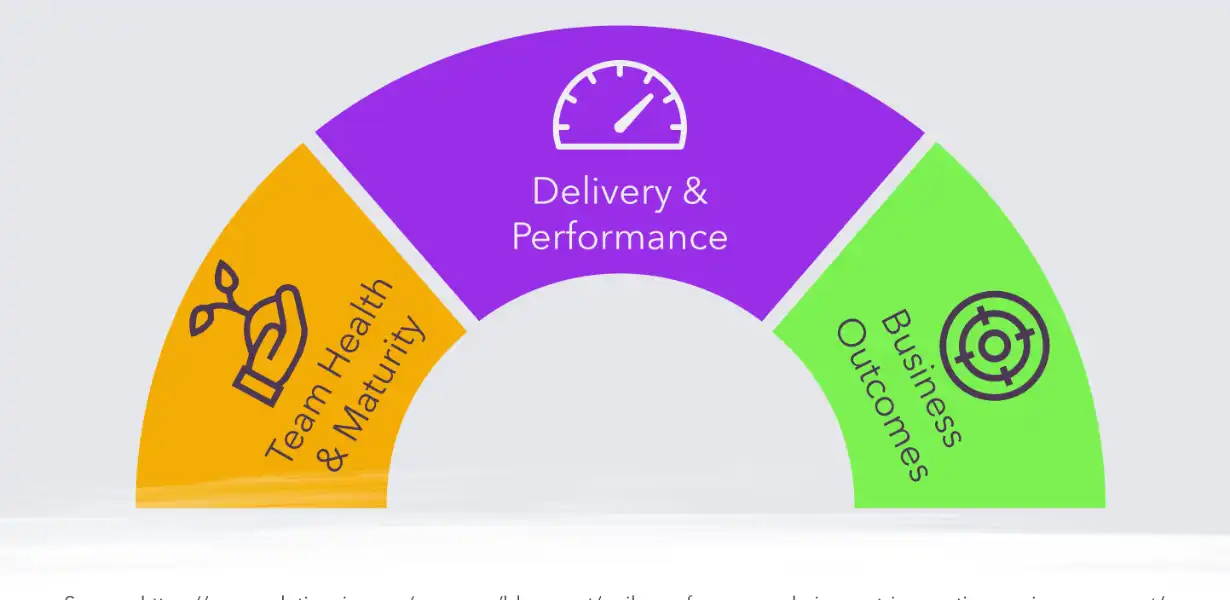
The Rise of Edge Computing: Enhancing Performance Metrics in IoT Devices
- Post
- August 8, 2023
- Performance Metrics, Web Performance, Web Technologies
- 0 Comments
In the fast-paced digital landscape of today, where Internet of Things (IoT) devices are becoming ubiquitous, a technological evolution known as “Edge Computing” is quietly reshaping the way we process data. This paradigm shift has ushered in a new era of enhanced performance metrics, revolutionizing the capabilities of IoT devices and the services they offer. As we delve into the intricacies of this cutting-edge technology, we uncover how edge computing is poised to reshape the landscape of IoT, pushing the boundaries of efficiency, responsiveness, and scalability.
Understanding Edge Computing: A Paradigm Shift
Edge Computing Defined Edge computing is an innovative computing model that decentralizes data processing and analysis, bringing computation closer to the data source. Unlike traditional cloud computing, where data is transmitted to centralized servers for processing, edge computing enables data processing at or near the data source itself. This approach significantly reduces latency, as data doesn’t need to traverse long distances, resulting in faster response times and improved performance metrics.
Overcoming Latency Hurdles Latency, the delay between data transmission and its processing, has been a persistent challenge in IoT environments. Whether it’s a smart thermostat adjusting the room temperature or a self-driving car making split-second decisions, minimizing latency is crucial. Edge computing addresses this challenge by processing critical data locally, reducing the need to send data to distant cloud servers. This results in real-time processing, enhancing the overall user experience.
Enhancing Performance Metrics in IoT Devices
Performance Metrics Redefined The advent of edge computing has redefined the concept of performance metrics for IoT devices. Traditionally, device performance was evaluated based on factors such as processing speed and memory usage. However, edge computing introduces a new dimension – response time. With processing taking place closer to the device, response times are significantly reduced, enabling seamless interactions and faster data-driven decisions.
Optimizing Bandwidth Usage IoT devices generate massive volumes of data, which can strain network bandwidth and increase data transmission costs. Edge computing alleviates this strain by performing data filtering and preprocessing at the device level. By sending only relevant and actionable data to the cloud, edge computing reduces bandwidth consumption, leading to cost savings and improved efficiency.
Implementing Edge Computing: Key Considerations
Device Compatibility Not all devices are created equal when it comes to edge computing implementation. While high-performance devices can handle local processing, resource-constrained devices might struggle. Striking the right balance between local processing and cloud offloading is crucial to ensure optimal performance.
Security and Privacy Edge computing introduces a distributed architecture, which brings about security concerns. Data processed at the edge is closer to potential threats. Robust security measures, such as encryption and authentication, are essential to safeguard sensitive data and maintain user privacy.
Unlocking the Potential of IoT: Future Implications
Scalability and Flexibility Edge computing paves the way for unparalleled scalability. As the IoT ecosystem grows, edge devices can be seamlessly added to the network, expanding computing capabilities without overburdening centralized cloud servers. This dynamic scalability ensures a smooth transition into an era of hyper-connected devices.
Customized User Experiences IoT devices can deliver tailored experiences by leveraging edge computing. For instance, a smart home hub can learn user preferences locally, ensuring that automation decisions align with individual preferences. This personalization enhances user satisfaction and engagement.
Final Words
In the ever-evolving landscape of IoT, edge computing emerges as a beacon of innovation. By redefining performance metrics, optimizing bandwidth usage, and reshaping device capabilities, edge computing revolutionizes how IoT devices operate. As we navigate this transformative technological journey, the rise of edge computing promises to enhance our lives by delivering unparalleled speed, responsiveness, and efficiency.
Commonly Asked Questions
Q1: How does edge computing improve IoT device performance?
Edge computing reduces latency by processing data closer to the device, resulting in faster response times and improved overall performance metrics.
Q2: What challenges does edge computing address in IoT environments?
Edge computing addresses challenges related to latency, bandwidth consumption, and real-time processing, enhancing the efficiency and effectiveness of IoT devices.
Q3: Can edge computing ensure data security in IoT ecosystems?
While edge computing decentralizes processing, robust security measures such as encryption and authentication are essential to protect sensitive data from potential threats.
Q4: How does edge computing contribute to scalability in IoT networks?
Edge computing enables seamless scalability by allowing additional devices to be integrated into the network without straining centralized cloud servers.
Q5: What role does edge computing play in delivering personalized user experiences?
Edge computing enables devices to process data locally and deliver tailored experiences, enhancing user satisfaction and engagement.




